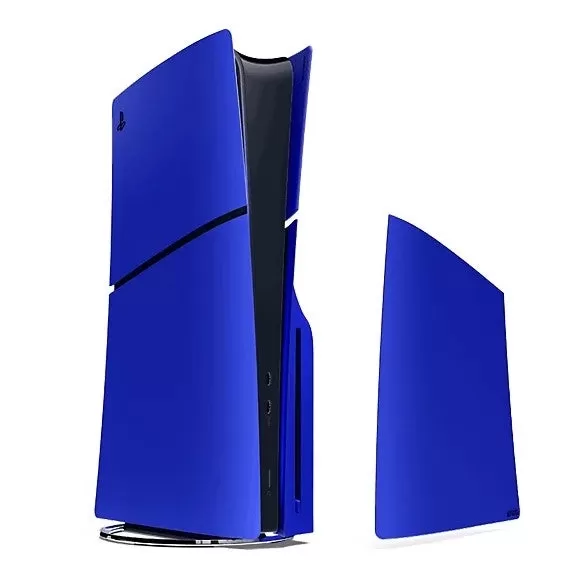Delta Force Operations: Winning Strategies and Gameplay Mechanics
- By Eric
- Apr 15,2025
Delta Force's Operations mode, often referred to as Hazard Operations or Extraction mode, is the thrilling core of the game. Whether you're "raiding" or simply playing Operations, the objective remains consistent—parachute into the action, gather valuable gear, and escape unscathed before rival players or AI adversaries eliminate you. The unique aspect of this mode, akin to other extraction shooters, is the risk of losing everything you've brought with you if you're taken down.
This guide aims to provide a comprehensive understanding of Operations mode, from inception to completion. You'll discover how to manage the pace of your run, handle your equipment effectively, and make strategic decisions that enhance your long-term success. For those solely interested in survival strategies, we have a dedicated guide on our blog.
Whether you choose to go solo or team up with a squad, a deep understanding of the game mechanics is essential for playing strategically.
What Operations Mode Actually Is
Operations mode in Delta Force is a dynamic PvPvE environment where each session offers a unique experience. You, along with up to two teammates, enter a live map teeming with AI soldiers, loot locations, and competing teams. The primary objective is to collect as much loot as possible and safely extract it before being eliminated.
Unlike traditional shooter modes, there's no point system to pursue. What you manage to extract becomes a permanent addition to your inventory. However, if you fall in combat, you lose all items on your person except for those secured in your Safe Box. This risk-reward dynamic is what intensifies the gameplay, even if you're only scavenging for medical supplies and making a discreet exit.
Loadout Planning and Inventory Control
Your journey to success begins even before entering the map, with the careful selection of your loadout. Each match incurs an entry fee, making your loadout choices critical. The essentials—helmet, armor, chest rig, and backpack—are mandatory for deployment. However, your additional selections will dictate your approach to the game.

Extraction points are generally fixed, though some maps feature dynamic elements like elevators or enemy-controlled checkpoints. Plan your exit strategy before venturing deep into looting territory.
Loot Smarter, Not Harder
Every item in Operations mode carries a sell value, but not all are worth the risk. Initially, focus on collecting healing items, weapon attachments, and rare electronics—these are compact, valuable, and can be safely stored in your Safe Box if necessary.
While heavy weapons and armor may seem appealing, they can hinder your mobility and occupy valuable space. Only carry such items if you're confident about extraction or if you're close to an exit with nothing to lose.
A useful tip for newcomers is to steer clear of major loot areas during the initial phase. Allow other teams to engage in combat, then sweep in to claim the spoils. If playing solo, focus on looting the map's periphery and return later—you'll be amazed at the quality of items left behind after a heated team battle.
Picking the Right Operative
The Operative you select shapes your gameplay in Operations mode. Not all Operatives are suited for stealth or loot-focused play, so choose one that aligns with your objectives.
For intelligence and mobility, Luna and Hackclaw are top choices. Luna can mark enemies and disrupt advances with her shock arrows, whereas Hackclaw moves silently and excels at stealthy takedowns with her knife. Stinger's healing capabilities make him ideal for team play, particularly when supporting more aggressive teammates.
Avoid Operatives with conspicuous or flashy abilities unless your strategy involves direct confrontation. Characters like D-Wolf are entertaining, but they can attract unwanted attention in a mode where staying under the radar often yields better outcomes.
Fight When It Matters
In Operations mode, choosing your battles wisely is more crucial than winning them. While PvP engagements can yield gear and XP, they also consume time and draw attention. Only engage when necessary or when it's your best option.
If you find yourself in a firefight, keep moving and aim for a swift resolution. Utilize your abilities strategically—Luna's detection arrow can reveal hidden foes, and Stinger's smoke can provide cover for healing or retreat.
Remember, you can always loot fallen enemies later. If two teams are clashing, stay back and let them weaken each other. Engaging as a third party is risky but can be one of the most effective ways to acquire gear without directly confronting everyone.
Making the Most of Each Match
Each raid offers an opportunity to accumulate value, refine your skills, or gain new insights. Don't dwell on a failed run—use it to refine your strategy for the next attempt.
Conserve your credits during a losing streak and play more strategically when on a winning run. Upgrade your Safe Box early, experiment with different Operative configurations, and familiarize yourself with the maps to identify optimal looting paths.
Eventually, your focus will shift from mere survival to optimization. That's when Operations mode truly becomes enjoyable.
Delta Force's Operations mode is more than just a simple loot-and-run scenario. It's a game of risk management, meticulous planning, and intelligent decision-making. Assemble your loadout with purpose, loot judiciously, and know when to engage or retreat. Remember, every setback is merely part of the journey that makes your first significant victory all the more rewarding.
For the best experience, consider playing Delta Force on PC with BlueStacks. Enjoy faster load times, precise controls, and easier gear management. It's the optimal way to remain competitive as you master the game's nuances.








